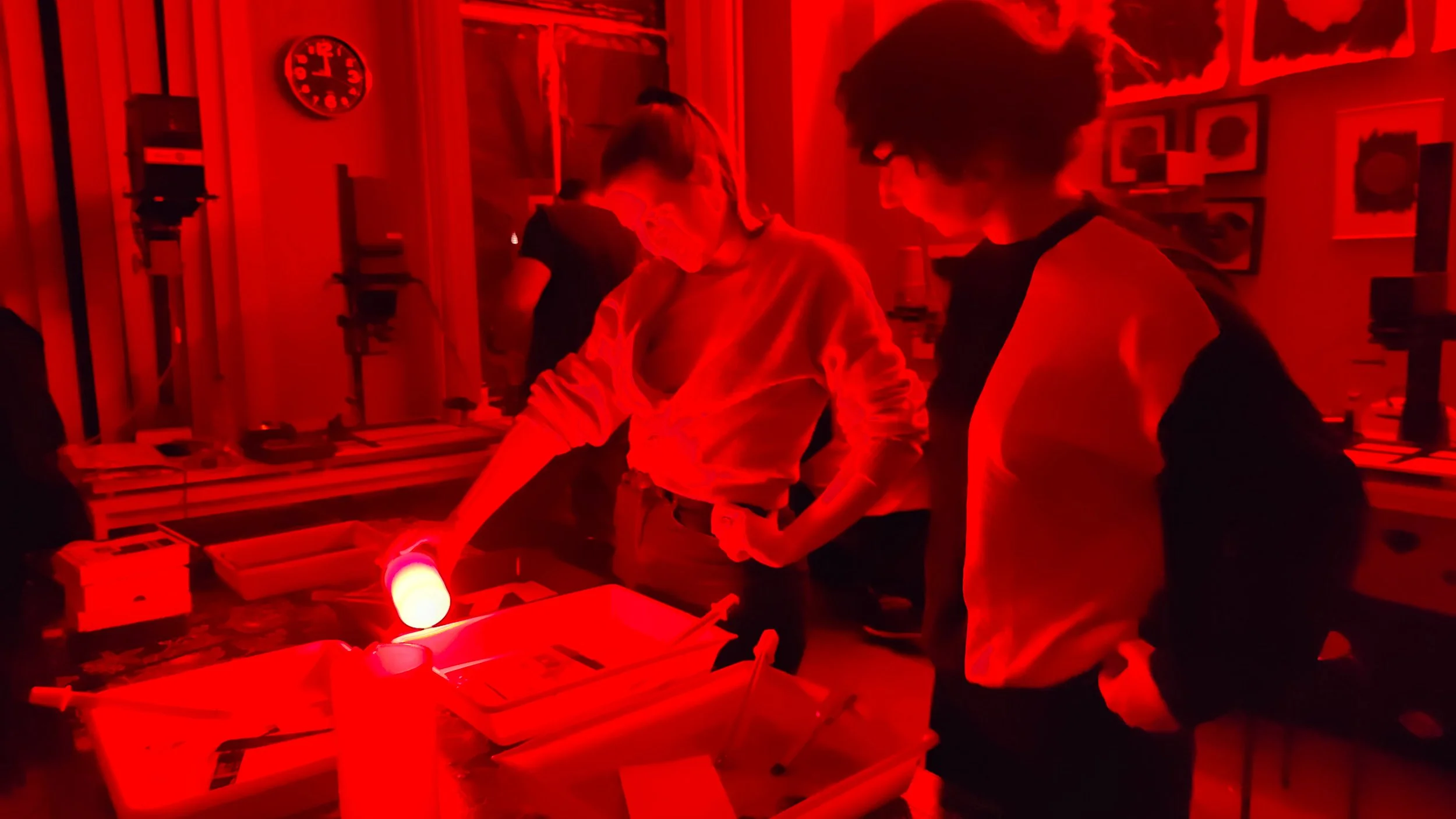Why Analog Photography Is Back — and Stronger Than Ever
In a time when most images live and die on screens, a quiet, analog counter-movement is unfolding. More and more people — especially younger generations — are picking up film cameras again. It’s not nostalgia. It’s a reaction. Against speed. Against perfection. Against the flat, frictionless world of digital images.
Film photography is making a comeback because it’s everything digital isn’t: tactile, slow, unpredictable — and deeply human.
The Return of the Hands and the Senses
Digital photography is efficient. Too efficient, maybe. Shoot, check, delete, reshoot. There’s no risk, and no real reward either. Film demands more. You load a roll. You commit. You can’t see the result instantly, so you learn to trust your eye, your instinct, your timing.
Every step is a physical act — advancing the film, feeling the tension on the spool, hearing the decisive click of a shutter. Each frame costs something. That cost brings attention and care.
For many of us, it’s the physicality that makes it addictive again. The resistance of metal and mechanics, the smell of fixer in the air, the red glow of a safelight. It’s not nostalgia. It’s a need to reconnect with something real — something that exists outside the screen.
The Meditative Magic of the Darkroom
The darkroom is the opposite of a digital workflow. No noise, no screens, no notifications. Just silence, water, light, and chemistry. It’s slow work, but it’s not tedious. It’s meditative.
Watching an image appear on paper — from nothing to full detail — is still magic, even if you’ve done it a hundred times. Every print feels unique, because it is unique. You work with your hands and your senses, not sliders and presets. There’s room for error, surprise, and discovery.
At Co’lab in Brussels, where several photographers share a communal darkroom, we see that fascination daily. People come to reconnect with the material side of photography — not just to produce images, but to understand how they’re born. Some mix their own chemistry from natural ingredients, others experiment with cyanotype or alternative processes. What connects them all is that desire to feel photography again.
In the Darkroom of Co'Lab Brussels
At CO’LAB every other Tuesday we have an open darkroom session. Buy your ticket, bring your paper and print!
Imperfection as Authenticity
Film isn’t flawless, and that’s exactly the point. Grain, scratches, light leaks — they give each image personality. Imperfection equals identity.
In an age where AI can generate flawless faces in seconds, film brings back something priceless: human unpredictability. You don’t control everything. You respond. You adapt. You accept the outcome. That’s what makes film so relevant again — it’s not about accuracy, it’s about character.
Back to Learning and Seeing
Analog photography is not just a technique; it’s a way of seeing. Shooting less but thinking more. Trusting your intuition again. Accepting mistakes as part of the process.
That’s also the spirit of the workshops I organize in Brussels. In small groups, we go back to the essence of photography — seeing light, slowing down, composing deliberately. Whether it’s a session on black-and-white printing, cyanotype, or experimental analog techniques, the goal is always the same: to reconnect with the physical, imperfect, beautiful craft of photography.
Film photography isn’t coming back because it’s trendy. It’s coming back because people are tired of the infinite scroll. They want something they can touch, hold, and believe in.
And in the darkroom, under that soft red light, that’s exactly what they find.
In our cosy Darkroom of Co'Lab Brussels at UR’Square Ixelles
Analog photography lessons, workshops and open darkroom nights.


